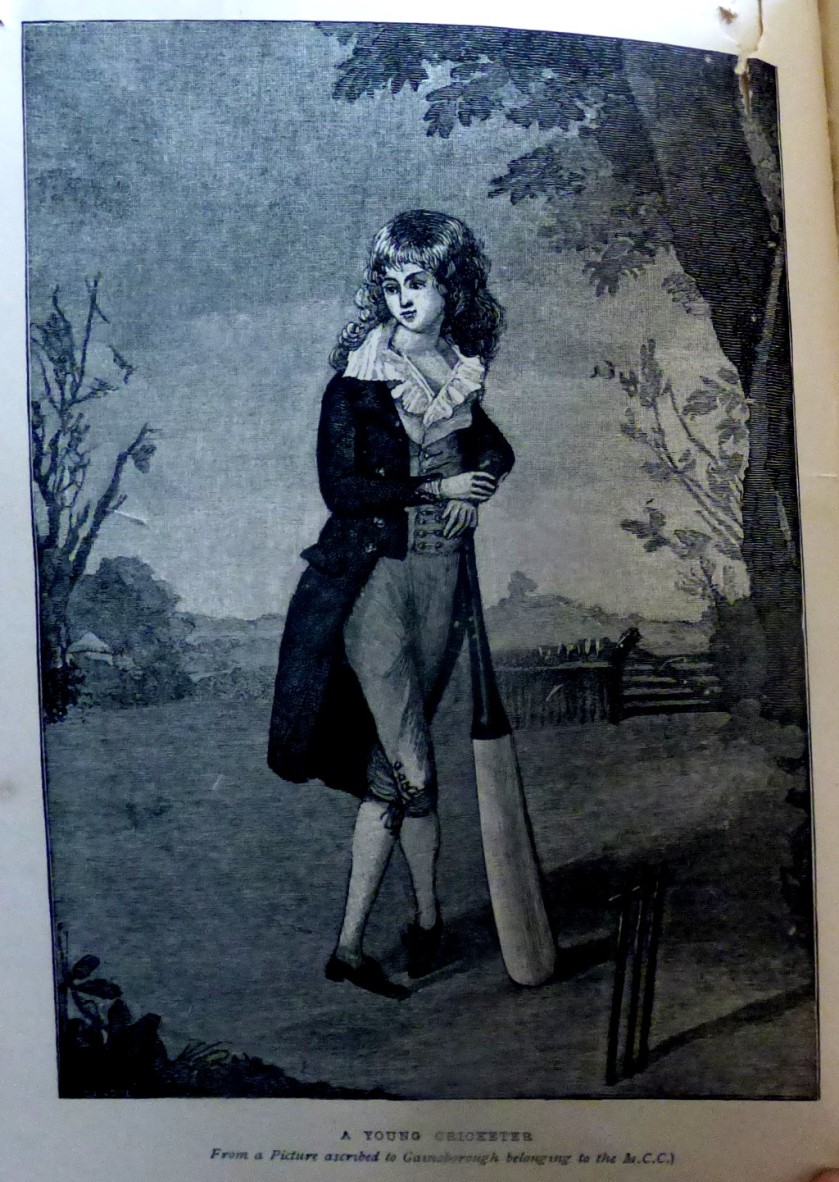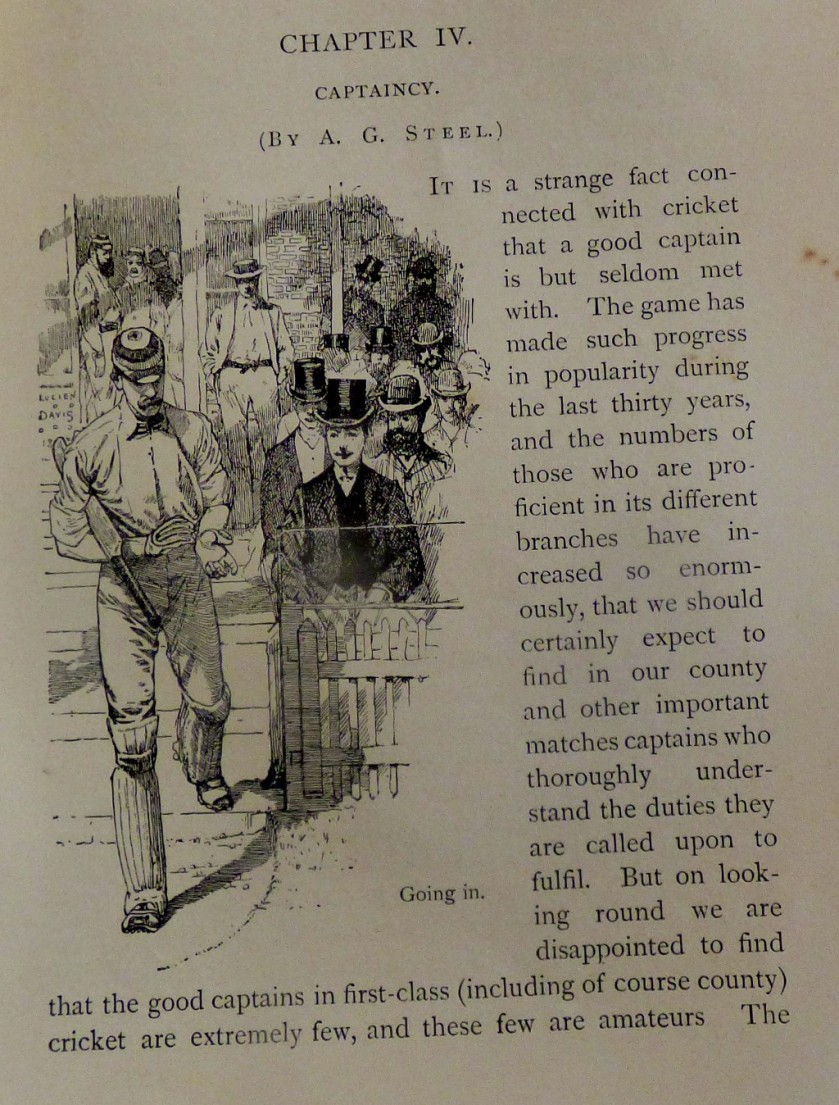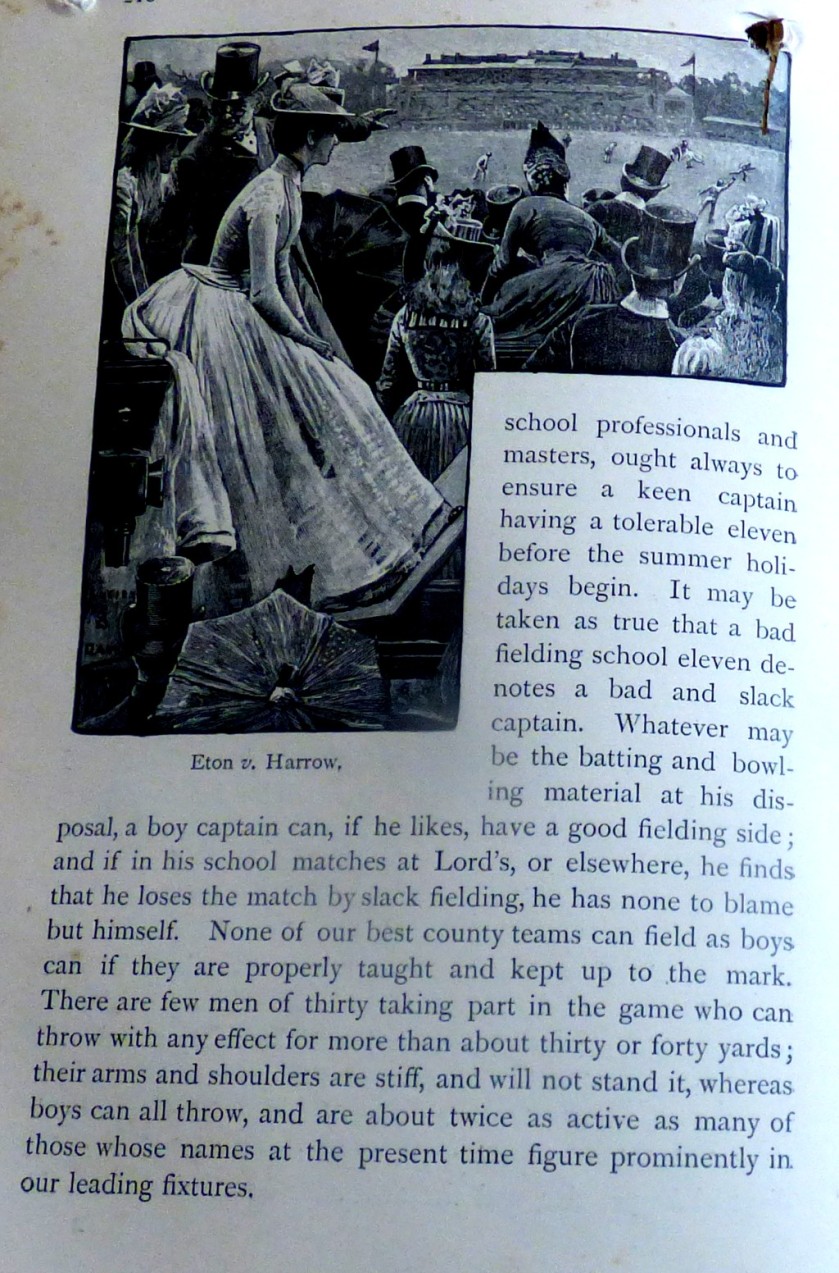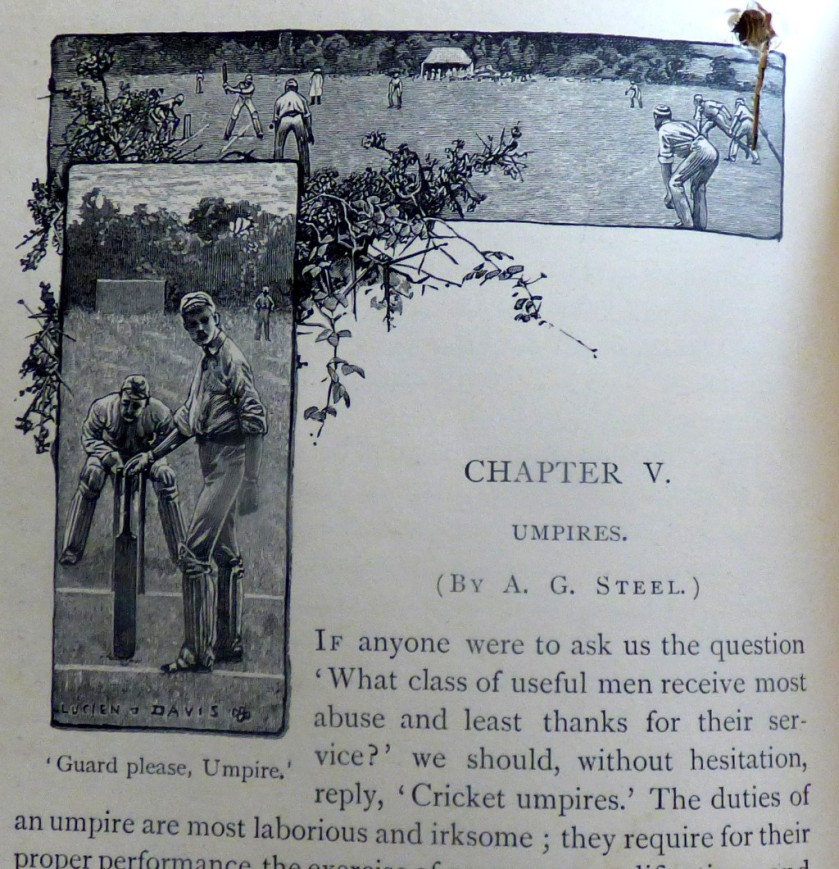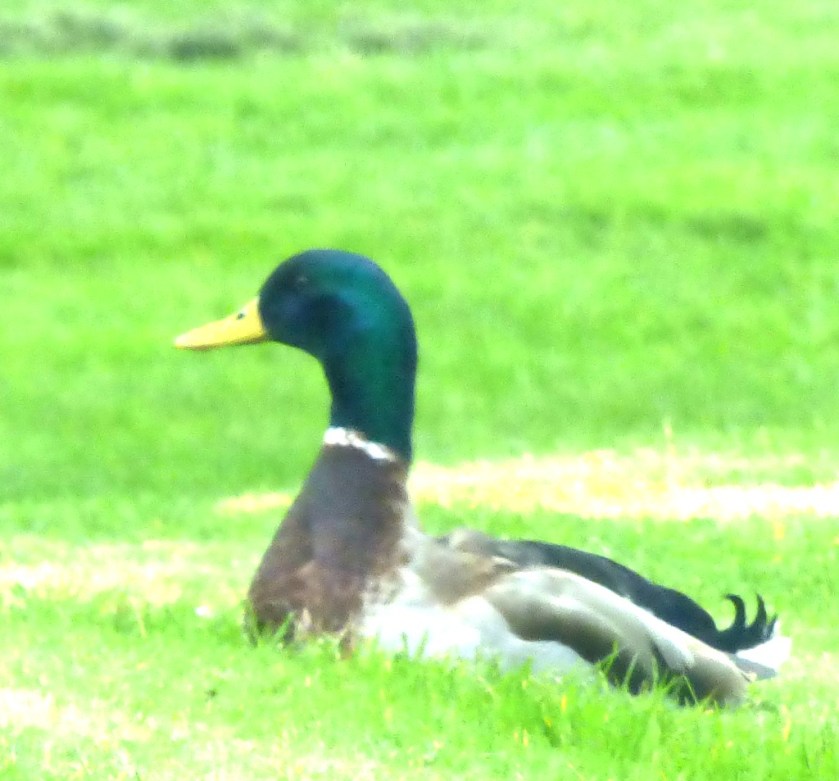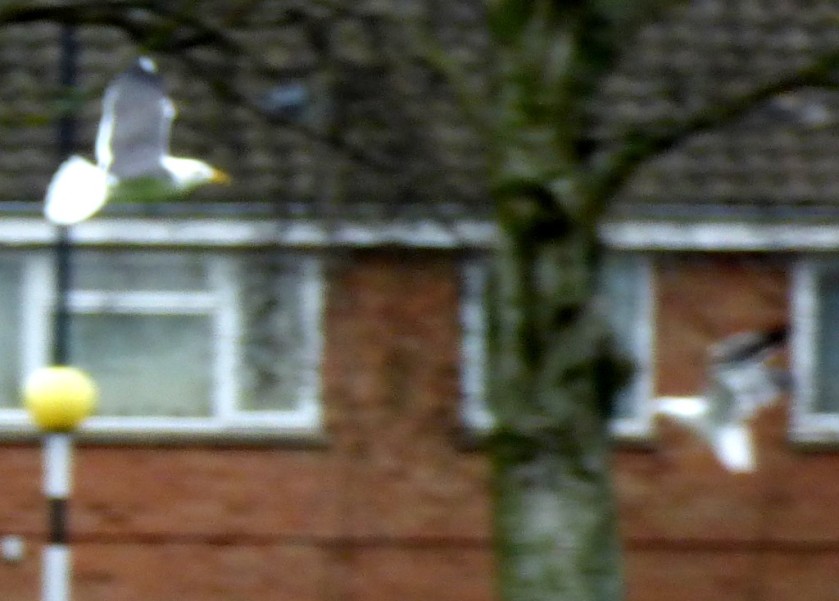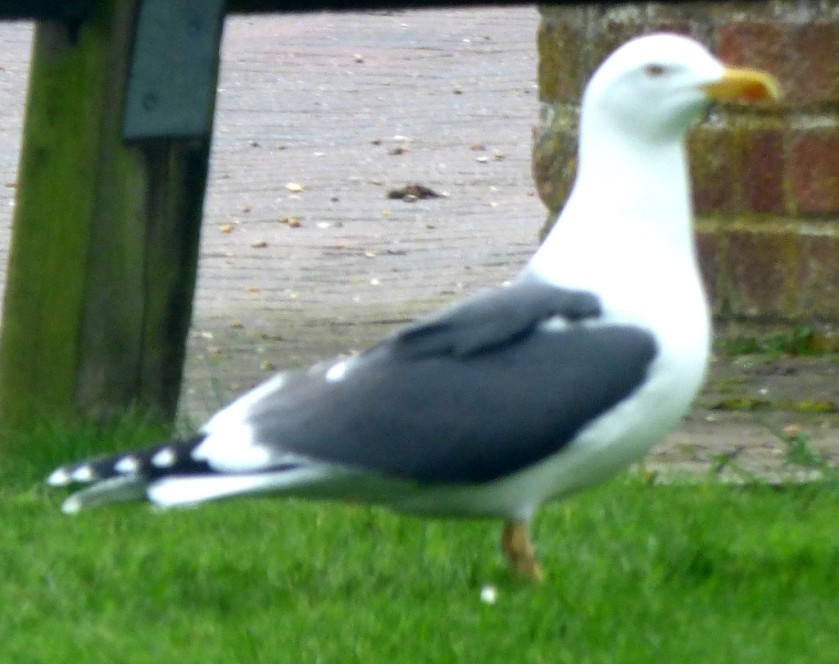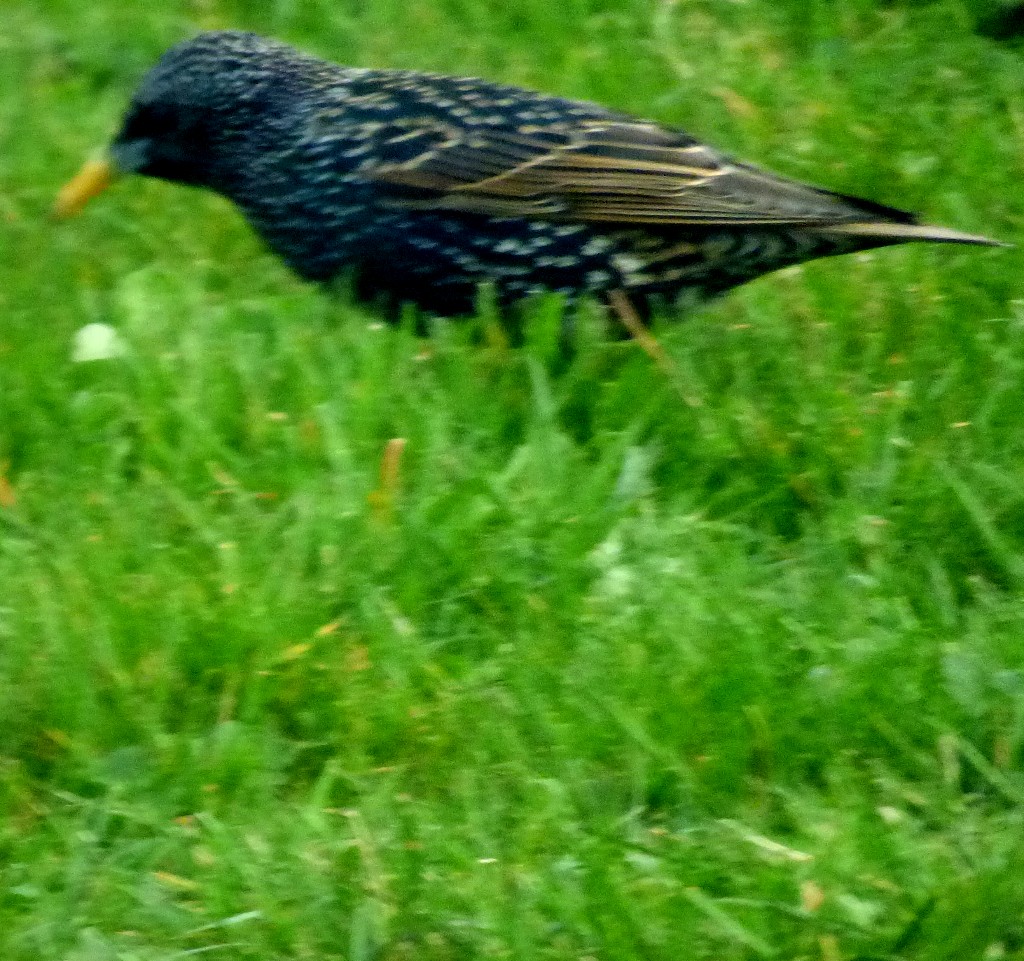INTRODUCTION
Welcome to the latest installment in my “100 cricketers” series, in which the focus is on the opening batters from my sixth XI. The introductory post to the whole series can be found here, the post in which I introduce the sixth XI is here and the most recent post here. Before getting into the main meat of my post there is one little thing to do.
DRAW IN DUBAI
In the end rain intervened in Dubai to consign the “champion county” match between MCC and Surrey to a draw. The MCC will have been relieved as at one point they were four wickets down in their second innings and only nine runs to the good. Surrey played this match like the champions they are, and were better in all departments save spin bowling (it was unfortunately not difficult to see why Freddie van den Bergh pays almost 45 a piece for his first class wickets, while Scott Borthwick who snared a couple is principally a batter. With due respect to Olly Pope for his 251 (his quality was already well known before this game) the biggest single positive for Surrey from a match that contained many was the performance of first-class debutant Jamie Smith, excellent behind the stumps and a quite magnificent first effort with the bat, starting with his side in a spot of bother at 144-4 and ending with them in complete control – expect to hear a lot more of this young man, and on bigger stages than this. All in all these four days have been an excellent curtain-raiser for the 2019 English season, and I look forward to the season proper with considerable anticipation. I would not expect anyone to be given an Ashes series as their first international assignment unless they were doing absolutely sensationally, but there could certainly be some new faces in the winter touring parties. Time now for the main business of this post starting with…
SANATH JAYASURIYA
6,973 test runs at 40.07, with a best od 340 v India at Colombo, 98 test wickets at 34.34 with his slow left-arm and a decent fielder. His ODI figures were 13,430 runs at 32.36 and 323 wickets at 36.75, economy rate 4.78 (he played no fewer than 445 of these games). He was past his best by the time T20s became a thing but his T20 record from 31 appearances was 629 runs at 23.29, with a scoring rate of 129.15 per 100 balls and 19 wickets at 24 a piece with an economy rate of 7.37.
His finest hours came in the 1996 world cup, when he was the player of the tournament, explosive as an opening batter, taking advantage of the fielding restrictions that applied at that time. The key to Sri Lanka’s success with these tactics was that Jayasuriya and his opening partner Kaluwitherana were both batters of genuine quality – England tried using offspinner and useful lower-order batter Neil Smith in this role with no success, Zimbabwe once promoted legspinner Paul Strang only to see him record a 17 ball duck and Pakistan tried the effect of promoting younf all-rounder Abdul Razzaq without achieving the desired effect. His 82 off 44 balls which showed England the exit door of that tournament after they had posted an inadequate 235-7 in their innings (England were shocking in that tournament, reaching the quarter-final only because they had two associate nations in their group, who they were just about good enough to beat) was in the nature of a mercy killing, providing a quick end rather than slow torture.
His 213 in the one-off test of 1998 at The Oval ensured that Muralitharan got a decent rest between bowling stints, and helped his side to a comfortable win.
Sanath Jayasuriya was for a few years the most exciting opening batter in world cricket, and for many years after that remained a redoubtable competitor who could influence a game with contributions in any or all departments. We now move on to his opening partner in this XI…
NAVJOT SIDHU
In the years after Sunil Gavaskar and before Virender Sehwag most of the players selected to open the batting for India were distinctly unmemorable and had records that were less than awe-inspiring. The exception was Navjot Singh Sidhu, who should have played a lot more than the 51 test matches he actually got (3,202 runs at 42.13). He also played 136 ODIs, scoring 4,413 runs at 37.08. He had finished before T20 started, but with his aggressive approach to batting he would probably have fared well at that form of the game as well. When England visited India in 1992-3 he used his feet against the spinners with devastating effect – both the aging John Emburey, recently restored after his second ban for going on a rebel tour to South Africa, and the erratic legspinner Ian Salisbury copped fearful punishment.
Given his fine record one has to wonder why he was not picked more often at international level. He was an eccentric character and this may well have counted against him, as it has down the years with a few others.
NEXT IN THIS SERIES
The next post in this series will look at the remaining specialist batters in my sixth XI, before I finish the account of this XI with the two all-rounders, and introduce my seventh XI.
PHOTOGRAPHS
I conclude this post in my signature fashion…
